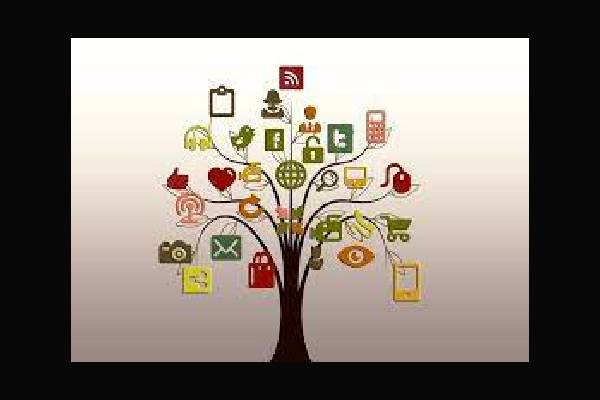by Chris Kappes
What business are we in? In the ’80s, you were an exhibit house. In the ’90s, you were an exhibit agency. In the 2000s, you were an exhibit/event marketing firm. Today, you’re an “Experiential Marketing firm.” Change is inevitable. Evolution is necessary. Is omnichannel next?
Consider this. Today’s buyers have more channels to choose from than ever, which presents both a challenge and an opportunity for our industry. The challenge: diversification. The opportunity: offering a more comprehensive integrated solution suite.
Omnichannel Marketing
Omnichannel marketing is a holistic approach that provides a seamless customer experience across all touchpoints, including the website, social media, events, physical stores, and mobile apps.
The traditional linear sales funnel is no longer applicable in today’s marketplace. The customer sales cycle has evolved with consumers’ buying behavior and technological advancements playing a major role. The typical customer sales cycle has changed dramatically:
Awareness: Prospects become aware of brands through social media, search engines, advertising and word of mouth.
Research: Prospects research the brand, its products and services by visiting the website, reading reviews and seeking information from friends and family.
Comparison: Prospects compare the brand to competitors and evaluate whether it meets their needs and expectations.
Engagement: Prospects engage with the brand through channels such as email, social media, chatbots or customer service.
Purchase: Prospects make a purchase through the brand’s website, mobile app or physical store.
Post-purchase: The brand continues to engage with the customer through follow-up communications, service and support, building customer loyalty and encouraging repeat business.
Advocacy: Satisfied customers become brand advocates and recommend the brand to others, expanding its reach and impact.
This new sales cycle is circular, not linear, suggesting the buyer-seller relationship is continuous and optimally operating like a pinwheel; omnichannel engagement powers the pinwheel from buyer awareness to purchase.
Access is Key
3,500 marketing decision-makers in 12 markets (and over 21,000 since 2016), surveyed by McKinsey & Company shared they want “more”—more channels, more convenience and a more personalized experience.” And if they don’t get what they’re looking for, they’ll take their business elsewhere.
At Circle (and like many of you reading this) we excel at creating memorable brand experiences for our customers through our expertise in event and exhibit marketing. However, this alone is not enough to grow our value proposition with buyers. Omnichannel marketing is a crucial strategy for our business to stay relevant and competitive in today’s market. By providing a seamless customer experience across all touchpoints and adapting to changing customer needs, we establish Circle as “Value Creators” and develop a sustainable value proposition for our clients.
Omnichannel Marketing in Practice
Just as we create, by persona, a guest experience for a tradeshow/event, we do the same when creating an omnichannel marketing strategy with emphasis on:
- Customer Data: Gathering, storing and analyzing data from both online and offline interactions.
- Integrated Marketing Campaigns: Creating a consistent message and brand experience that engages audiences where they live, work and play.
- Personalization: Personalize marketing efforts and tailor experiences.
- Tracking and Measurement: Track and measure marketing efforts across multiple channels to improve campaigns.
- Alignment: Create close collaboration and alignment between different teams such as marketing, sales, customer service and e-commerce
- Adaptability: Evolve marketing efforts in response to changing customer needs.
In the next issue, we’ll share how prominent omnichannel marketers use it and challenges to deploy it.






























